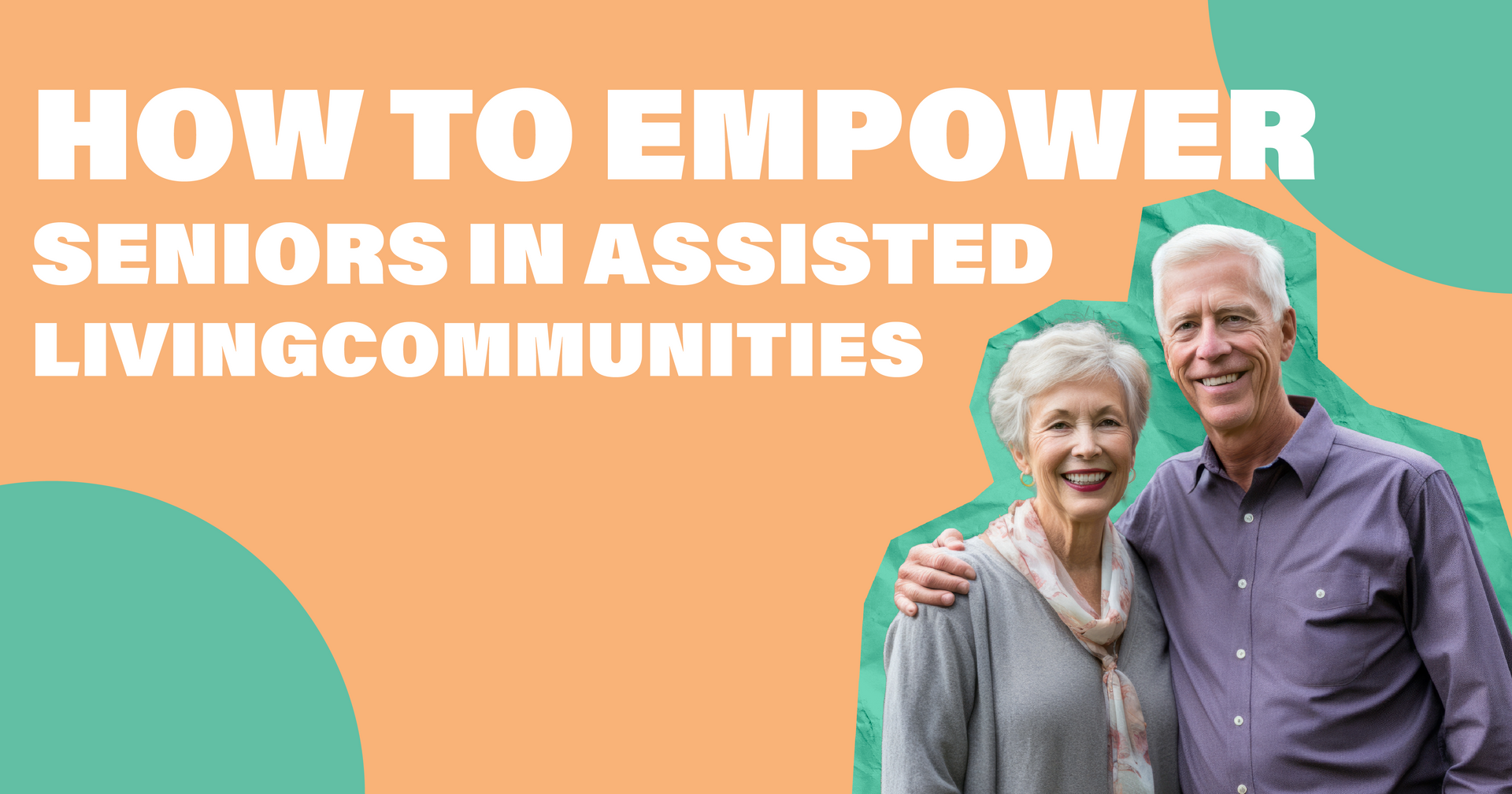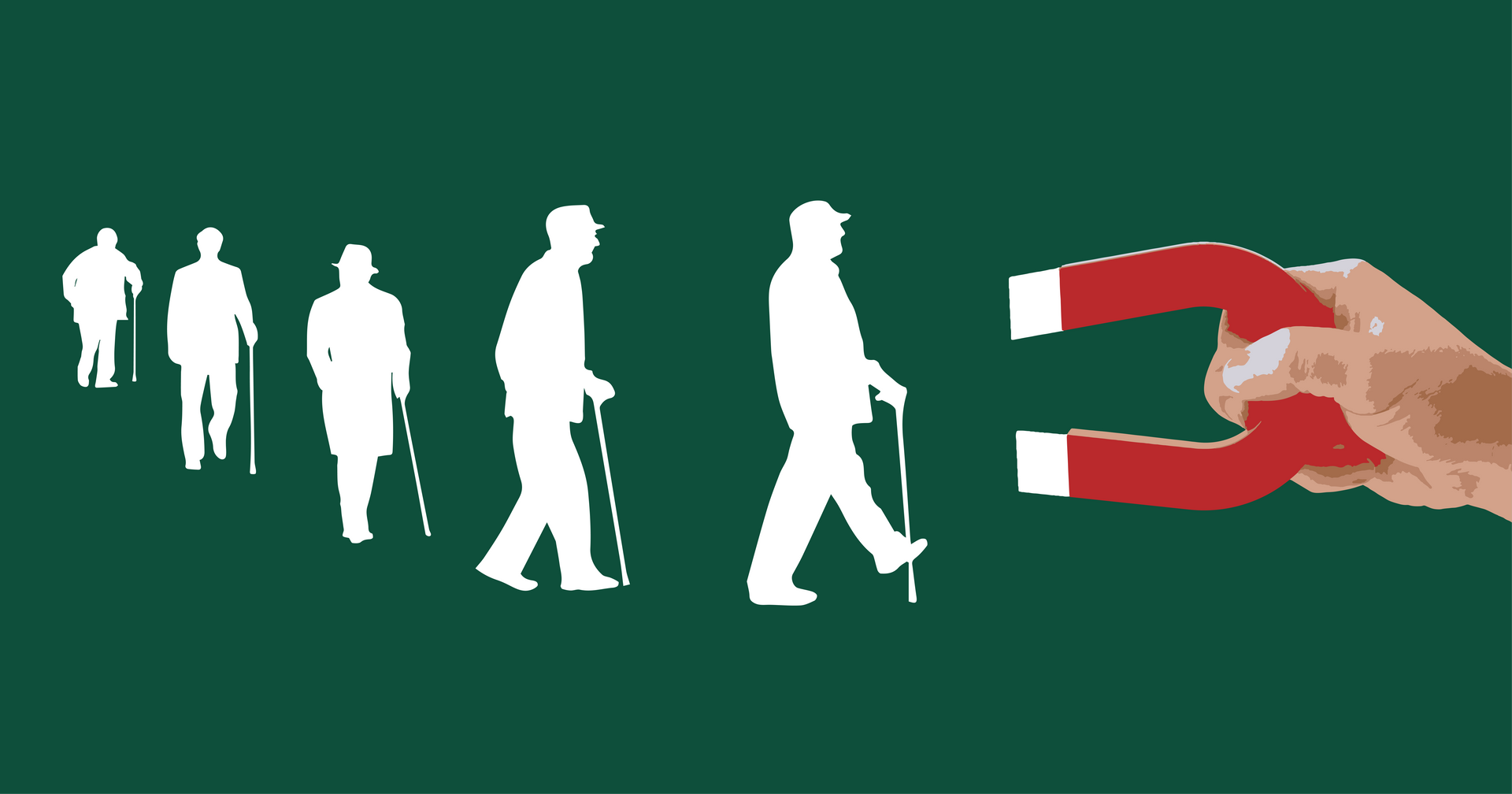How to Empower Seniors in Assisted Living Communities

As the seasons of life change, we're offered the canvas to redefine our existence. With each passing year, life unfolds new chapters, inviting us to re-imagine our journey. We unlock new possibilities and steer our way towards a senior life filled with contentment and self-sufficiency.
Assisted living communities are designed to accommodate senior citizens who wish to retain their independence in a homelike environment while requiring non-medical aid for daily activities, including meal preparation, bathing, dressing, personal hygiene, and restroom support. Residents typically cover their living costs through monthly rental fees for private apartments or rooms, combined with additional charges based on their specific care needs.
Within these communities, residents have access to shared communal spaces, the variety of which depends on the specific community's offerings. These common areas may encompass dining facilities, recreational rooms, a cinema, a library, as well as outdoor amenities like walking trails, gardens, or natural settings. Assisted living communities span a wide spectrum, ranging from those providing fundamental services such as daily meals and activities to those boasting lavish amenities like wellness centers and lounges.
Most assisted living communities maintain round-the-clock on-site staff, ensuring residents' well-being. They offer up to three daily meals, along with housekeeping services, and limited transportation assistance when needed.
Who needs assisted living?
This indication involves identifying certain signs or circumstances that indicate the need for additional support and care beyond what can be provided at home. These signs could include challenges in managing daily activities, declining health, increased safety risks, or the desire for a more socially active and supportive environment.
Social Withdrawal
When your loved ones start turning down social invitations they would typically embrace, it's an indication of their distancing from social interactions. You might also observe changes in behavior like irregular medication management and unhealthy dietary choices. These behaviors can be early signs of a mood disorder, potentially leading to social isolation.
Health Decline in Seniors
As individuals age, the likelihood of developing chronic health conditions rises. According to data from AARP, more than 70 million seniors grapple with at least one chronic medical ailment, which could range from Alzheimer's disease to heart conditions. This heightened vulnerability to chronic ailments raises the risk of medical emergencies, particularly for seniors living independently. Factors such as falls and medication mismanagement can exponentially increase this risk.
Deteriorating Personal Care
The maintenance of personal hygiene is crucial for preserving one's health and warding off illness. Indicators of declining personal care may manifest as neglected grooming, such as soiled nails, disheveled hair, infrequent bathing, accumulations of unwashed clothing, or the presence of unpleasant odors at home. The fear of accidents, like slipping or falling in the bathroom or on stairs, might be a contributing factor to postponing bathing without assistance or leaving household chores unattended.
Unkempt and Disorderly Home
If you detect an unpleasant odor in your loved one's residence or observe a general untidiness, it could signal that they are struggling to keep up with daily housekeeping tasks. This not only diminishes their quality of life but also heightens the risk of accidents, particularly falls. Additionally, inspecting the refrigerator for spoiled or expired food and evidence of frequent take-out meals can indicate nutritional challenges that need to be addressed.
Financial Management Issues
The sight of mounting bills on the table may be indicative of your loved one's difficulties in managing their finances. It's vital to recognize and address such challenges promptly, as seniors are often targeted for financial scams. Ensuring they have the necessary support and assistance is essential for safeguarding their financial well-being.
Services Provided in Assisted Living Communities
In most assisted living communities, residents pay a basic monthly rent for their apartment or room. Additional fees are incurred for assistance with activities of daily living, mobility support, or other necessary services. While the specific services may vary depending on the community's pricing model, assisted living rent typically covers (though exceptions apply) the following services:
Nutritious daily meals
Assisted living communities typically offer up to three balanced meals a day, as well as snacks throughout the day and night. This ensures that residents' nutritional needs are met.
Laundry and housekeeping services
Laundry and housekeeping services are also provided, so residents can enjoy clean and well-maintained living spaces.
Scheduled transportation
Many assisted living communities offer scheduled transportation services to medical appointments, grocery stores, pharmacies, and other essential errands. This helps residents stay mobile and access the services they need.
Activities and outings
Assisted living communities often offer a variety of activities and outings to keep residents engaged and socially active. These activities may include educational programs, cultural and religious events, trips to theaters and concerts, guest speakers, and other opportunities for social interaction and mental stimulation.
Classes
These communities may offer classes that cater to various interests and needs, such as fitness, yoga, painting, writing, technology, home safety, and more. These classes offer opportunities for personal growth and skill development.
Assisted Living vs. Independent Living: Four Main Differences
How much does assisted living cost?
The cost of assisted living varies depending on where you live. In the Midwest, for example, the base cost ranges from $3,500 to $8,000 per month. The price is also affected by the number of people living in the unit and its size. A person living in a studio apartment will pay less than a couple living in a larger unit.
The geographic location has a big impact on the average cost of assisted living. Genworth, a financial advisory company, publishes an annual Cost of Care Survey that lists the average cost of assisted living facilities in different parts of the United States. You can find the average price in your area by entering your ZIP code, city, and state. For example, the average assisted living monthly base price in San Francisco is $6,319. In Sioux Falls, South Dakota, it's $2,910.
Additional charges may be added to the base price, depending on the level of care the resident needs. A member of the facility's medical staff will assess the resident in person to determine how much help they need with activities of daily living (ADLs). Some assisted living facilities assign a point value to each ADL to determine the level of care (and price) required for a resident. Others use a tier system to determine levels of care and associated costs.
Tips for a Smooth Transition to Assisted Living
Transitioning to life in an assisted living facility undoubtedly requires adjustment. With a new living environment and the need to get familiar with fellow residents and staff, the initial phase can be challenging. However, there are strategies and actions you can take to facilitate a smoother transition:
1. Plan and Pack in Advance
Start preparing for the move well ahead of time. Don't wait until the last minute to pack your belongings. Rushing can add unnecessary stress during the actual move. Take your time to decide what to take with you and what to leave behind.
2. Educate Yourself
Research and familiarize yourself with the assisted living facility before moving in. Understanding what to expect can alleviate anxiety. Read any informational materials provided and make sure all your questions are answered in advance.
3. Stay Active and Social
While it's tempting to stay in your apartment or living space, you'll adjust more quickly if you engage with your new environment. Take the opportunity to meet fellow residents, participate in activities, and explore the facility. This can help you feel more at ease and build connections.
4. Be Kind to Yourself:
Understand that everyone adapts to change at their own pace. If you find the adjustment challenging, don't be too hard on yourself. It's okay to have mixed feelings and to take your time settling in. If you feel like the adjustment is taking longer than expected, consider talking to your family, the facility's director, or a trusted friend for support and guidance.
How can you provide Emotional Support to Seniors?
Other than logistical aspects, it's essential to recognize the emotional and psychological impact of this change. Here are key considerations to support seniors and their families through this transition:
a. Acknowledging Emotional Responses
Seniors may experience a range of emotions, including anxiety, sadness, or a sense of loss when transitioning to assisted living. Recognizing and validating these feelings is essential. Family members can facilitate open conversations, allowing seniors to express their emotions and concerns without judgment.
b. Maintaining Independence and Autonomy
Seniors might fear losing their independence by moving into an assisted living facility. Empowering them to make decisions about their living space, activities, and routines within the new community can help maintain a sense of autonomy. Encouraging participation in decision-making processes regarding their care plan or room decoration fosters a feeling of control.
c. Building Social Connections
Engaging in social activities within the community is crucial for seniors' emotional well-being. Encouraging participation in group activities, clubs, or events facilitates social interactions, helps seniors establish new friendships, and creates a sense of belonging. Family members' involvement in community events or regular visits can also provide emotional support and connection.
d. Addressing Adjustment Periods
It's normal for seniors to require time to adjust to their new environment. Encouraging patience and understanding during this adjustment period is vital. Families can offer emotional support, actively listen to concerns, and reassure seniors that feeling unsettled initially is common.
e. Seeking Emotional Support
Many assisted living communities offer counseling services or support groups to assist residents in coping with emotional challenges during the transition. Encouraging participation in these programs can provide seniors with a safe space to express their feelings and receive guidance from professionals or peers.
f. Promoting Familiarity and Routine
Creating a familiar atmosphere within the new living space by incorporating personal belongings, cherished items, or familiar routines from the previous home can provide comfort and a sense of continuity. Familiarity aids in easing the transition and helps seniors adapt to their new surroundings more comfortably.
Conclusion
Transitioning to assisted living marks a significant chapter in one's life journey, offering a blend of support, independence, and community. Recognizing the signs that indicate the need for assisted living is crucial for ensuring the safety and well-being of our loved ones. From declining health to challenges in managing daily activities, these indicators guide us in making informed decisions about senior care options.
Assisted living communities provide a range of services tailored to meet residents' needs, encompassing everything from nutritious meals to engaging activities and outings. While the cost of assisted living varies depending on location and level of care required, it's essential to plan and prepare for the transition effectively.
Navigating the transition to assisted living may pose emotional challenges for both seniors and their families. However, with patience, understanding, and support, seniors can thrive in their new environment. Encouraging social connections, maintaining independence, and seeking emotional support are key components of facilitating a smooth transition.
Ultimately, the goal of transitioning to assisted living is to enhance seniors' quality of life, providing them with the care, support, and opportunities they need to live fulfilling and meaningful lives in their golden years.




